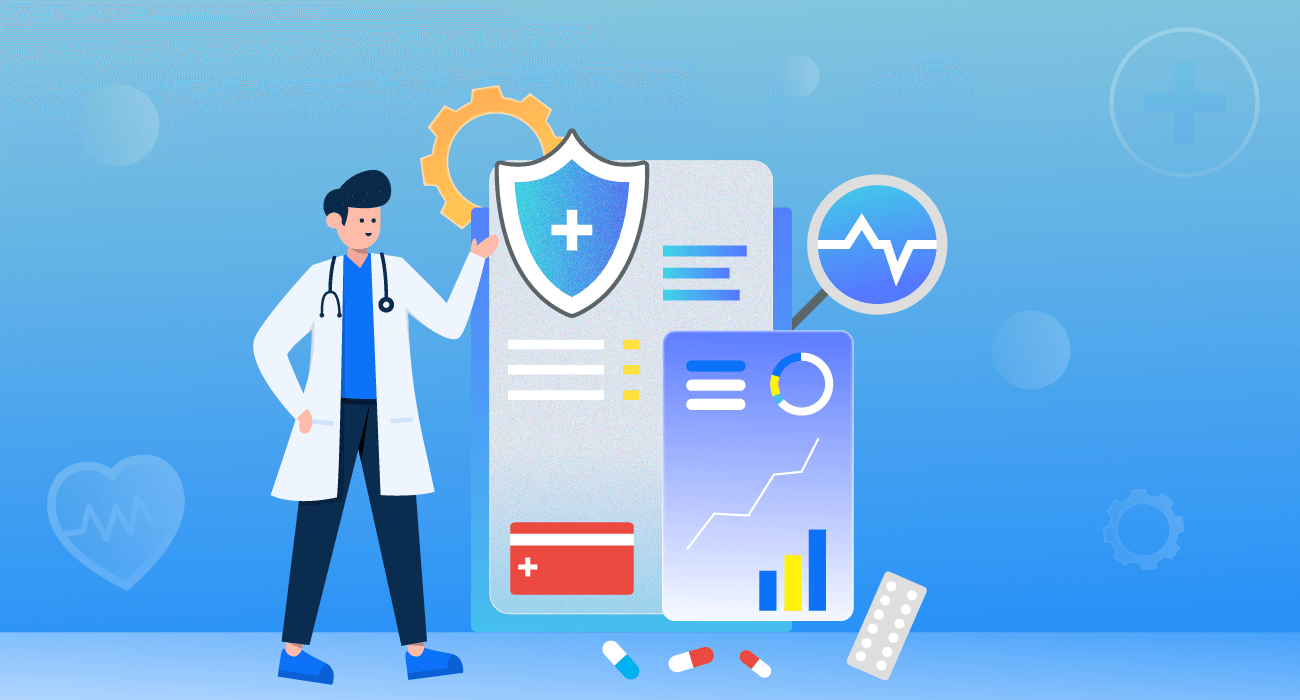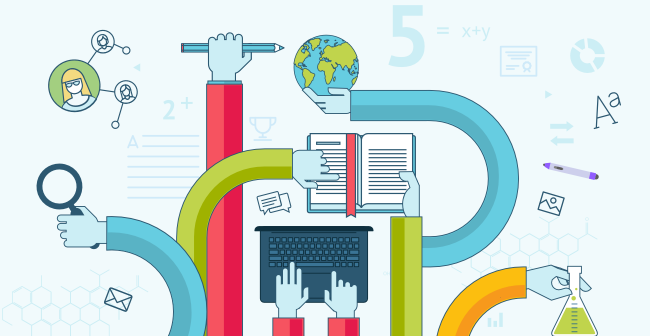Customer onboarding is a term derived from the human resource term employees onboarding, wherein onboarding employees means -- getting new employees on the team and informing them with the needed nitty-gritty of the company.
Similarly, the customer onboarding process for every other product or service means making it easy for visitors to convert into your customers. Broadly, there are two ways to optimize customer onboarding strategy:
- Enhancing customer experience
- Providing adequate right information about the product/service
One of the most rewarding technologies that help businesses in the customer onboarding process is Artificial Intelligence.
According to Gartner, "In 2018, 25% of all customer interactions were automated through AI and machine learning. With 90% of companies now planning to deploy AI in 2020, this number is expected to grow to 40% by 2023."
Let's see how AI helps businesses provide excellent customer experience and adequate information to increase conversion rates.
The five ways to transform customer onboarding process with AI
Here are the five ways to transform customer onboarding process with AI:
Table of Contents
1. Leverage visual search
To attract modern customers, companies need to adapt to the newness that modern-day customers' needs and technological advancements bring.
There is more than one way people search now.
Artificial intelligence has enabled people to search for information over the internet in multiple ways. Gone are the days when only traditional text searches were allowed in the search engine. Now a considerable proportion of potential customers have moved to visual, thanks to Artificial Intelligence.
Visual searches are quick and convenient now, as the cameras are of high definition and almost everywhere.
The leading visual search platforms are:
- Google Lens
- Pinterest Lens
- Bing Visual Search
- Snapchat Camera Search
- Amazon Stylenap
Users can run a photo on their phone through these visual search platforms and get all possible information.
Here's an example of how Google Lens scans a photo and shows relevant search results. It can examine different parts of the picture, in here, the print of the top, the handbag, and the tag.
Another exciting way to use visual search is to click any picture in real-time and let the visual search engine scan for relevant results.
Here's an example of how Google Lens helps find a piece of apparel online similar to the one in store.
Business leaders and CMOs should integrate strategies to optimize their visual search marketing to be found by more people frequently.
2. Integrate Chatbot to offer a personalized experience
The most effective and unmissable way to enhance customer onboarding is to make patrons feel heard and understood.
Especially when it comes to transacting with visitors and customers online, there is much scope for businesses to improvise since it is quite natural for their customers old and new to feel left out and unseen online.
But thanks to Artificial Intelligence, this is surmountable. With AI, businesses may be able to deliver as excellent customer experience online as they would in-store and better.
The goal is to give tailored experiences to every customer and visitor. According to a segment survey by Global News Wire, as many as 49% of visitors have made an impulsive purchase after receiving a tailored customer experience.
Take, for instance, how AI-driven Chatbots can help businesses do it.
These chatbots can deliver personalized customer service by entering data like name and other data gathered by machine learning like URLs, demographics, interests, past queries, and purchases.
An example of how an AI-driven Chatbot by Acquire, a full-stack, customer engagement tool, welcomes a returned customer back:
Furthermore, These chatbots can also help you with customer loyalty programs. You can give out customized coupons, discounts, and promotions to customers based on their purchase history with your brand.
3. Leveraging knowledge-base to allow people to self-serve
As mentioned in the beginning, one thing that is mandatory for the customer onboarding process is information. The right information about your product or service tremendously increases the chance of a visitor converting to a loyal customer.
Having an elaborate, well-designed virtual knowledge base library would do the trick.
According to Zendesk, 67% of customers prefer self-service over speaking to a company representative.
Furthermore, 91% of customers would use an online knowledge-base if available and tailored to their needs.
People are more likely to trust knowledge-base articles than a live customer agent explaining the benefits of a product or a service. It is because knowledge-base self-help articles are unambiguous and give people a sense that there is no manipulation of information in any manner.
So, where does AI come into play here?
It is effortless to integrate a virtual knowledge-base library to your AI-based custom service chatbots.
Here’s yet another example from Acquire, showcasing how a knowledge base software integration with Chatbot works:
Integrating a knowledge-base to your Chatbot can help you solve customers' queries around the clock, without needing an agent online. It directly makes your customer onboarding process twice as effective.
4. Machine Learning powered recommendations
Another way to effectively enhance the customer onboarding process is to help customers while on your e-commerce website or app, making a purchase.
Yes, there always can be a live chat option or a chatbot option available for the visitors and customers to click on to get help while buying from your e-commerce store.
But is there anything more you can do?
Yes!
Through machine learning, you can power recommendation engines that can help you deliver superior customer assistance digitally.
Machine learning algorithms can learn about the choices of tastes of a customer by analyzing their behavior on your website, like their past purchases, items in their wishlist or marked favorite, issues in their shopping cart, things they search and view for often, and also the articles they have had queries about. All this information is gathered by ML to deliver precise recommendations to the customer.
Recommendation engines on websites can help businesses upsell and cross-sell while people are shopping.
Here's an example to show the working of product recommendation engine on the e-commerce giant, Amazon:

Businesses can also use this same technology to retarget customers through programmatic ads, which can help people find the right product they were looking for, or similar ones, a while ago. You can retarget people with the things they searched for on your website or e-store at multiple locations like Facebook, Gmail, and other websites. Here is how these display ads appear to visitors and customers after they've exited your online store or website:
5. Using predictive analytics to optimize customer onboarding processes
Machine Learning powered predictive analytics can help a business with enhancing customer onboarding in myriad ways.
One of the most effective ways is that it helps businesses gauge the loopholes in their onboarding processes and therefore allow optimizing it.
Analytics helps businesses focus on the user flow, clearing all the glitches in the road, making the customer onboarding process more straightforward.
Here are some of the vital performing indices that are imperative to know whether your customer onboarding process is on track which analytics can help you measure:
- The abandonment rate of the whole onboarding process
- The success rate (conversion rate) of the whole onboarding process
- The number of interactions needed to complete onboarding
- The abandonment rate or exit rate on individual onboarding steps
When you have empirical data on all these metrics, you can make informed decisions to enable more customer onboarding.
Conclusion
AI gives the power to business to deliver optimum customer experience, devise strategies for effective user onboarding, and find loopholes in the customer onboarding processes. Thus, to entice the customers of today and convert them to loyal patrons, a strategy centered around AI is more than necessary.















Leave a Reply